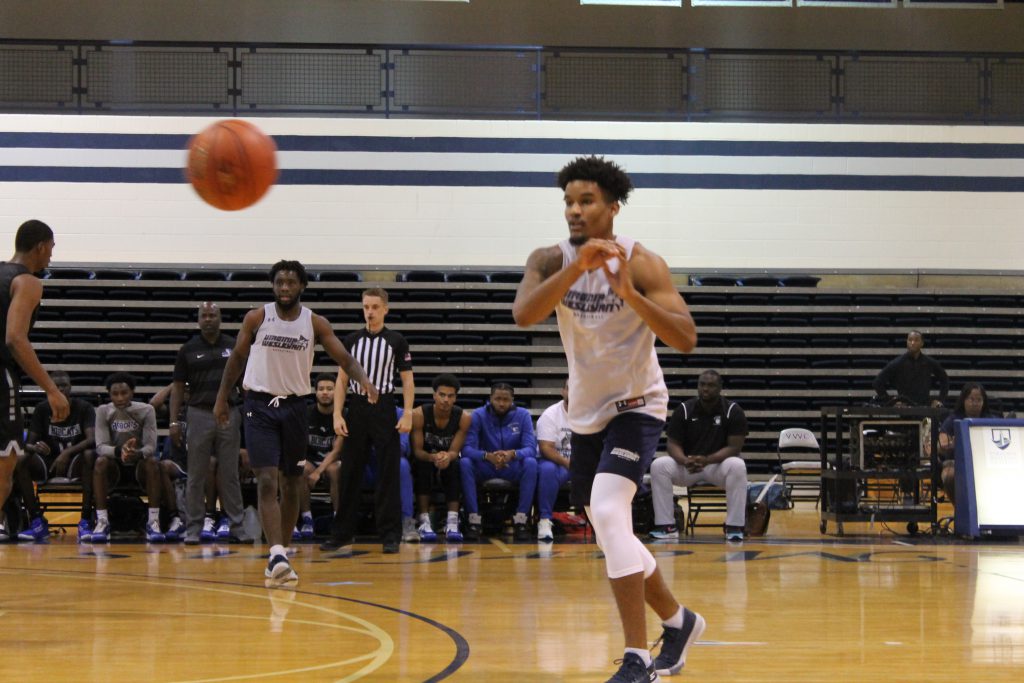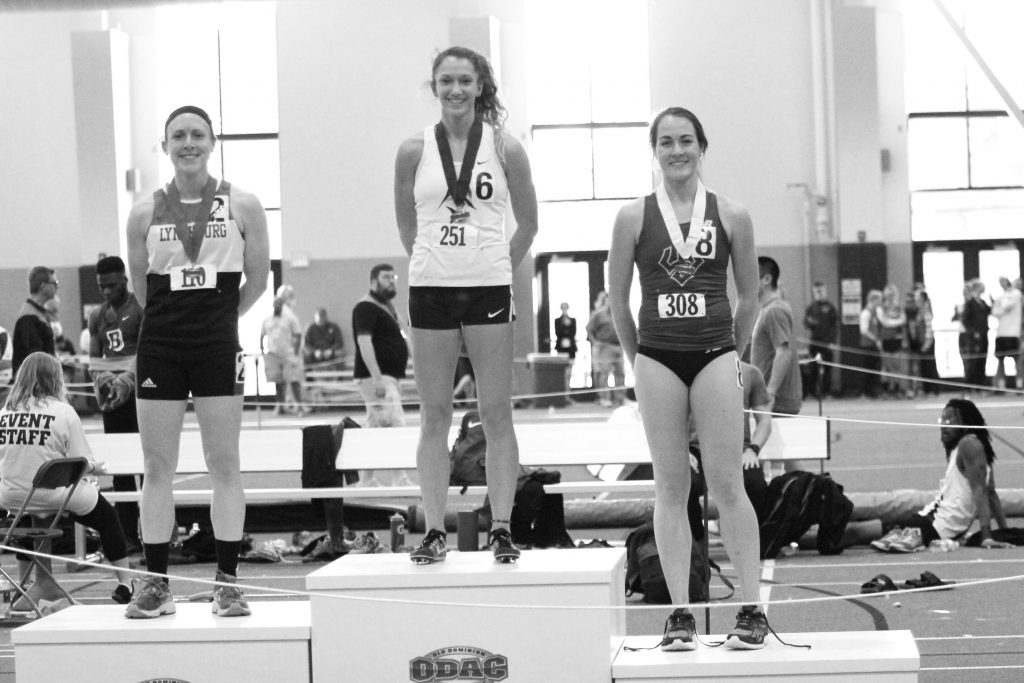BRE MUIR
Sports Editor
A tense atmosphere filled the Jane P. Batten Center on Feb. 2, as the Virginia Wesleyan Marlins took on the Emory & Henry Wasps on the hard wood. In both the first and second half, the Marlins outscored the Wasps. Senior Forward and current ODAC Athlete of the Week, Chris Astorga, shut down the Wasps defense by swishing 24 points into the net. Junior guard D.J. Woodmore added 11 points to help the Marlins win 86 to 63 over the Wasps.
Games similar to this one have stands filled with family, friends, fans, Deans and many more. However, sometimes these viewers might get so distracted by the outcome of the game, they may only notice the players, the constantly pacing coaches and the stern referees and not the athletic trainers.
Now let’s rewind, what would have happened if during this conference game against the Wasps, players off either EHC or VWC got injured?
One could guess that the clock would have stopped and the coaches would have called their players to their team benches for a quick pep talk and water break while an athletic trainer would have raced onto the court to assist the injured player.
According to livestrong.com, the NCAA and the National Athletic Trainer Association have collected 200,000 injury reports through 2004.
Yet in every sport, in every college gym, professional sports arena and high school field, injuries are bound to happen. Injuries are common and almost unavoidable. But when injuries do occur, athletic trainers step in to do their job.
Wesleyan has 18 collegiate athletic teams and has a staff of four athletic trainers.
Two of the trainers are part-time graduate assistants and the others are full-time. During the school year, each trainer is assigned to three teams.
One of the full-time athletic trainers is Stefani Masterton. For her undergraduate studies, she attended North Central College located in Naperville, Illinois, and for her graduate studies she attended Old Dominion University.
Masterton enjoys her job because she can help athletes heal and watch teams succeed during their season.
“The most gratifying experience of being an athletic trainer is the return to play for the injured patient because they are a product of your work,” said Masterton.
Along with Masterton, student athletes enjoy VWC’s athletic training rehabilitation program.
During first year John Chapman’s indoor season, he pulled his left hamstring and had a severe stress reaction in his lower back.
“My rehab was very helpful to my injury and aided me in a speedy recovery toward the outdoor track season,” said Chapman.
Senior tennis player Stephanie Bittner agreed with Chapman’s positivity toward athletic trainers.
During Bittner’s freshmen year, she hurt her knee and had to go through rehabilitation.
“The trainers are really friendly and are willing to help us with any issues or problems we are having,” said Bittner.
Without athletic trainers, injuries would never properly heal. VWC athletics is grateful to have a hard working staff of trainers.

